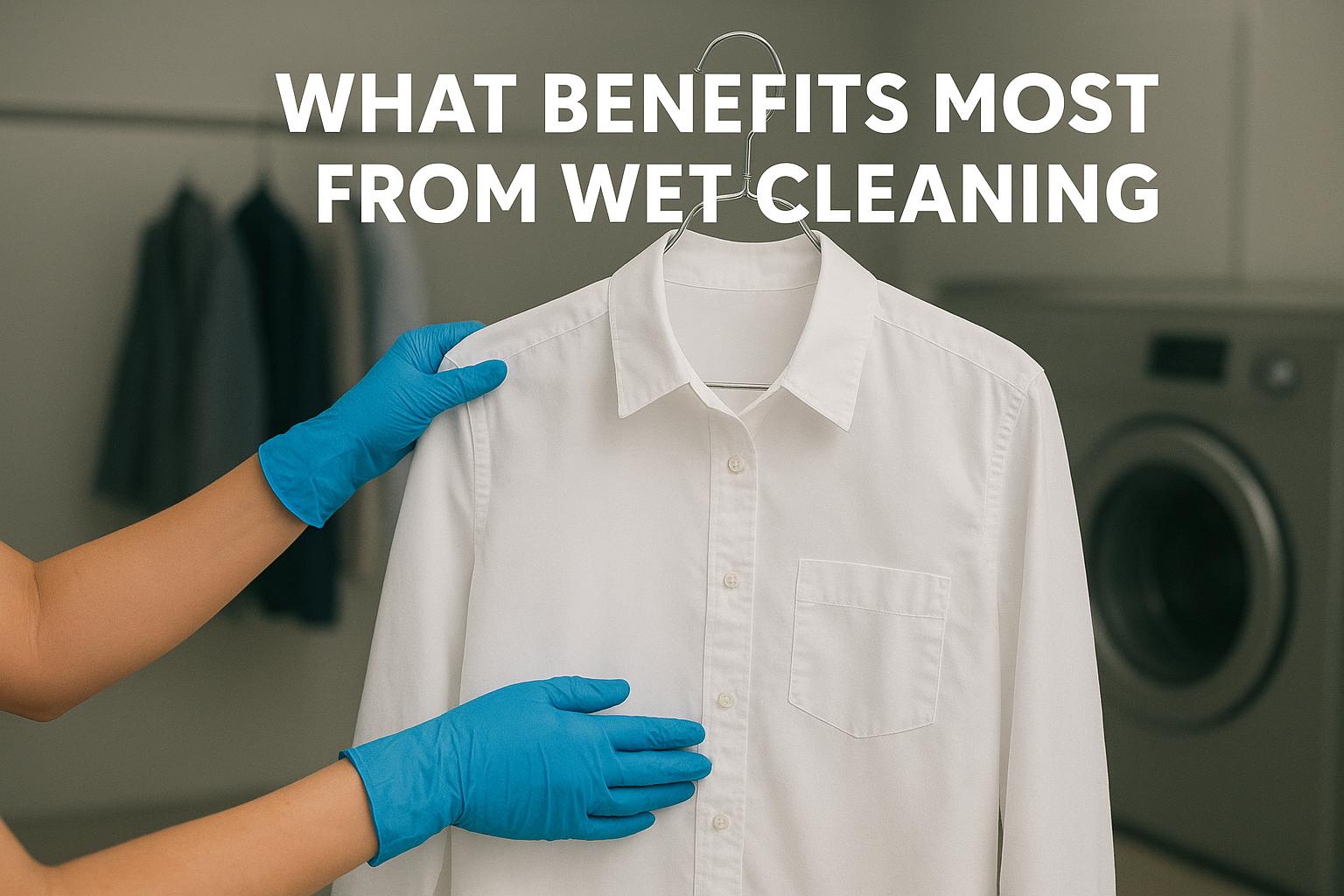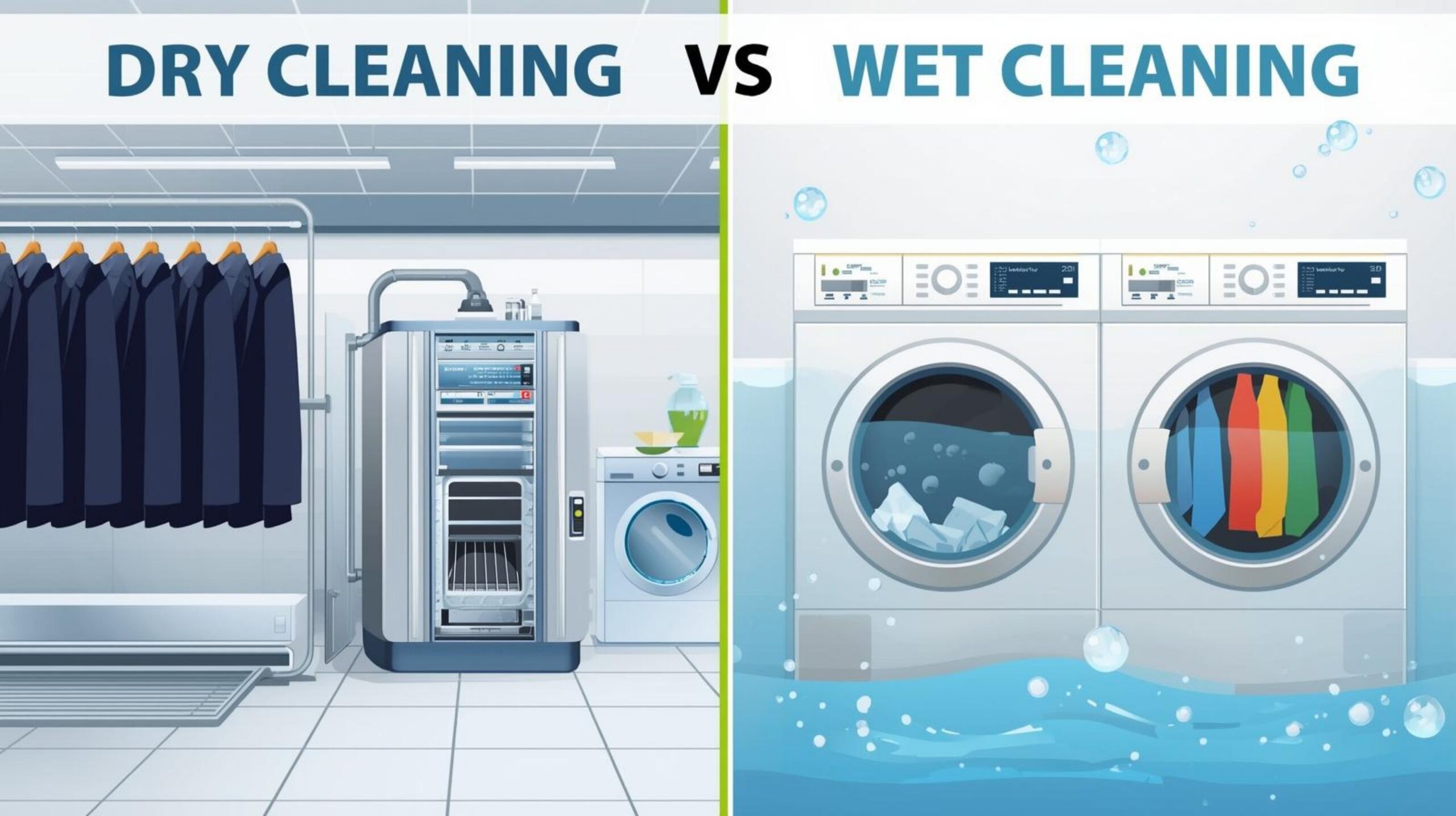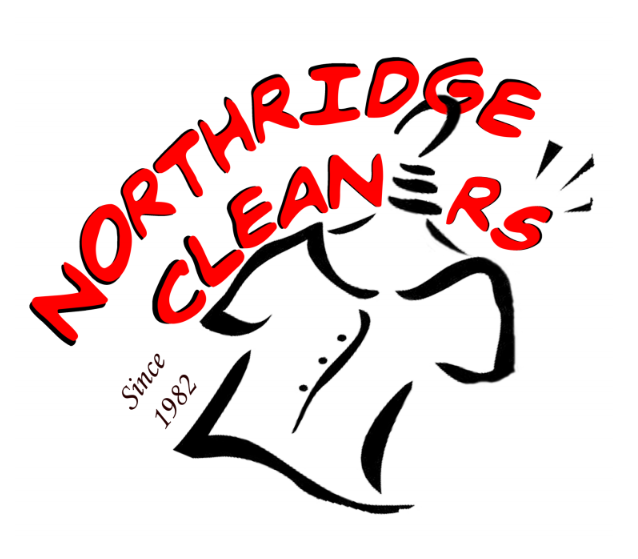Learn how professional wet cleaning works, when it outperforms dry cleaning, and how to choose the right method for delicate garments in Northridge.
Professional Wet Cleaning — A Fabric‑First, Eco‑Forward Guide
If you’ve wondered what Professional Wet Cleaning actually is—and whether it’s just fancy washing—here’s the short version: it’s a computer‑controlled, low‑stress water process that cleans delicate garments safely and restores color, drape, and hand without the risks of over‑agitation or excess heat. In Northridge and the wider San Fernando Valley, that precision matters. Heat, sunscreen, dust, and long car time can bake soils into linings; done correctly, wet cleaning refreshes fabrics that would suffer in home machines. And when the structure demands it, dry cleaning still wins—so the real skill is choosing wisely between the two.
Related reading: What Is Dry Cleaning • Professional Dry Cleaning Services • Bridal & Groom Services
What Professional Wet Cleaning Actually Is
At its core, Professional Wet Cleaning means precise control of water level, chemistry, motion, time, and temperature. Programmable machines set drum action so fabrics aren’t stressed; neutral or near‑neutral detergents protect protein and cellulosic fibers; tension‑controlled drying and form finishing rebuild the garment’s architecture so seams lie flat and hems hang true. Think precision process, not “throw it in the washer.”
Why This Matters in Northridge (and Why Now)
Two forces drive adoption: environmental policy and real‑world fabric health.
- Policy shift: California has phased out legacy perc equipment and the EPA is restricting PCE usage. Wet cleaning removes hydrophilic soils effectively while minimizing solvent exposure when the label allows.
• Valley variables: Summer heat accelerates oxidation of sweat and sunscreen; dust infiltrates seams; hot‑car transport can set odors. Controlled moisture + staged drying reverses those effects without distorting construction.

What Benefits Most from Wet Cleaning—and What Doesn’t
Great Candidates (with Professional Controls)
- Fine cotton & linen shirts and dresses needing color‑safe soil removal.
• Modern wool knits/blends when low action and tensioned drying prevent felting or shrink.
• Select silk & structured blends after dye/trim testing—neutral pH and low action protect luster.
• Viscose/lyocell/TENCEL™ that distort in home washers but stay true under pro controls.
• Odor‑sensitive pieces (food, smoke) where water is the best carrier for hydrophilic residues.
Better Left to Dry Cleaning (or Mixed Workflows)
- Tailored jackets/blazers, lined dresses with fragile fusing —moisture can delaminate canvases; solvent + professional pressing preserves shape.
• Heavily oil‑contaminated uniforms —solvent dissolves non‑polar grease efficiently; add a wet step for tannins.
• Glue‑set beads/foils/metallics —risk with water; prefer solvent or zoned hybrids.
How We Wet Clean (Our Real‑World Steps)
1) Intake & Label Logic
We identify fiber, fusing, interlinings, and trims; the “W in a circle” allows professional wet cleaning. Labels are constraints, not suggestions.
2) Map Soils by Class
Tannin (wine/coffee), protein (blood), oil/grease, dye, smoke/odor—each needs a different sequence, with neutralization between steps to prevent halos.
3) Program the Bath
We dial liquor ratio, agitation, time, and temperature; choose chemistry that won’t strip finishes or raise pilling.
4) Low‑Tension Drying & Form Finishing
Hold dimensions while moisture leaves; steam/vacuum on forms to restore architecture without glaze.
5) Inspect & Press‑Only Cadence
Between full cycles, press‑only refresh maintains creases and extends garment life.

Wet Cleaning vs. Dry Cleaning: Where Each Wins
- Water‑based soils & odors (sweat, sugars, tannins, smoke): wet cleaning is the direct route; neutral pH protects fibers.
• Oil‑heavy soils (kitchen/mechanic): solvent removes non‑polar residues at low temp.
• Tailored structure (canvases, fusibles, lapels, shoulders): solvent care + form finishing protect engineered shapes.
Environmental & Compliance Upsides (No Greenwashing)
- Perc phase‑out in California; PCE restrictions expanding—wet cleaning eliminates that solvent in eligible workflows.
• Independent case studies (e.g., TURI) document technical and economic viability in real shops.
• Practical result : better indoor air and excellent garment outcomes when matched to the right fabrics.
Quick Decision Grid (Uniforms & Workwear)
Poly/wool uniform trousers → Dry clean or press‑only → Preserve fused fronts and knife‑edge creases; uncontrolled moisture can cause shine.
Kitchen jackets/coveralls → Dry clean, optional second wet step → Solvent lifts grease; water step handles tannins.
Daily scrubs/lab coats → Professional laundering → Hygiene needs validated chemo‑thermal methods.
Hospitality dresses with sweat/odor → Wet clean → Water addresses hydrophilic soils; neutral chemistry preserves hand.
Blazers/structured jackets → Dry clean → Prevent delamination; finish on forms.
Local Logistics Tuned for Northridge
Pickup & delivery windows align with CSUN and Northridge Fashion Center traffic. Curbside drop‑off covers Deer Lake Highlands, Porter Ranch, Granada Hills, Chatsworth, Canoga Park, Woodland Hills, Reseda, Tarzana, Panorama City, Van Nuys, and Mission Hills. Same‑day spot work is available on select items when safe.
Real‑World Examples
- Summer linen suit with sunscreen/sweat halo → low‑agitation wet program + neutral emulsifier; form‑dry; cool press.
• Silk‑blend blouse with red‑wine ring → tannin sequence; delicate wet program after dye test; luster preserved.
• Security trousers poly/wool with fused fronts → press‑only between full cleans to maintain crease and reduce wear.
Common Pitfalls to Avoid
- Taking “dry clean” to mean “never water” —some pieces tolerate wet cleaning under pro controls after dye/seam tests.
• Over‑washing for odor —home cycles shrink linings and lift dyes; controlled moisture solves chemistry without wrecking construction.
• Forcing water into fused tailoring —most jackets/blazers deserve solvent care and professional pressing.
• Chasing “green” without performance —the right method balances fabric health, soil removal, and finish.
Fast FAQs
Is Professional Wet Cleaning just “eco laundry”? No. It’s a controlled process with specialized machines, chemistry, and finishing.
Will wet cleaning shrink wool? Not when done right—low action/temperature and tension drying prevent felting.
Can you wet clean silk? Sometimes—after dye/trim tests and on the correct program; others stay safer in solvent.
What if my label lists only one method? Labels must provide a safe routine method; we start there, test, and choose accordingly.
Is wet cleaning “better” than dry cleaning? It depends on soil and construction—the best shops do both and explain why.
What You Get with Our Team
Fabric‑first selection —wet cleaning, dry cleaning or hybrids, whatever protects silk, linen, cotton, wool, viscose, lyocell, and technical blends.
Local convenience —pickup/delivery, curbside, and same‑day spot rescues when safe.
Everything in one run —laundry, alterations, tailoring, shoe repair, plus household wash & fold.
Straight talk on cost/turnaround —we’ll tell you when press‑only is enough and when a full clean saves money.
Follow our work: 👉 Our Instagram Laundry Page
